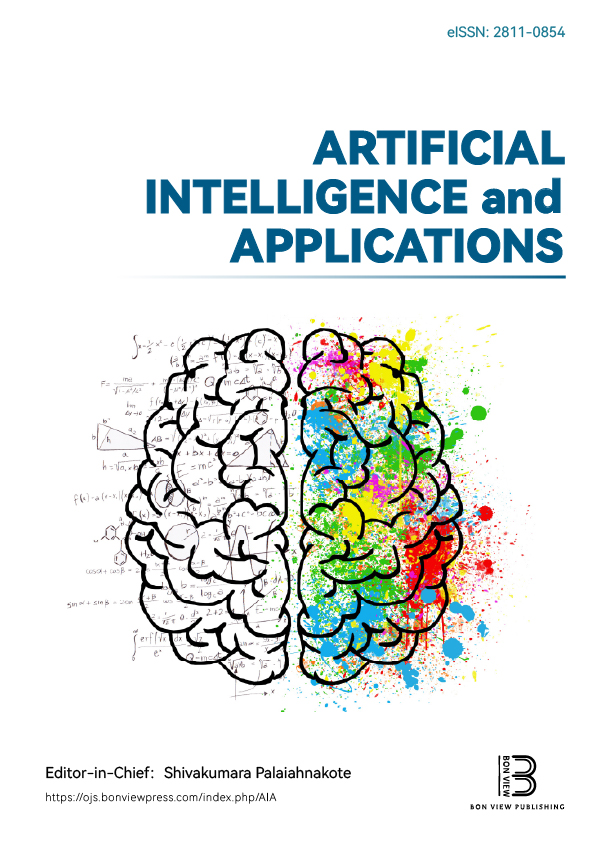Artificial Intelligence of Things Technologies for Predictive Crop Disease Models in Precision Agriculture: A Systematic Review
DOI:
https://doi.org/10.47852/bonviewAIA52024321Keywords:
AIoT, precision agriculture, crop disease prediction, sustainable agriculture, technological integrationAbstract
Crop diseases are incessant and significant challenges to global food security. Conventional disease control means are still utilized as the primary mitigation model, but they fall short at providing quick and precision-based responses that are required for quick outbreak containment, resulting in significant yield losses. New advances in Artificial Intelligence of Things (AIoT) technologies currently enabled novel capabilities to predict activities and initiate early-stage interventions in disease progression. This longitudinal scoping review, organized according to the Preferred Reporting Items for Systematic reviews and Meta-Analyses protocol, examined 100 peer-reviewed articles from IEEE Xplore, PubMed, Springer, Elsevier, and MDPI to investigate AIoT applications in the prediction and control of crop diseases and assess the quality of articles published between 2019 and 2024. The literature reviewed indicated a variety of predictive models in farming that fused AI and IoT. Notably, the deployment of federated learning was suggested as a solution to minimize the risk of privacy breaches by training models using locally stored data whose heterogeneity allows them to avoid sharing sensitive on-farm data. The availability of large and standardized datasets is limited. Currently, the cost of deploying the systems, especially in smallholder agriculture, is a problem, although empirical evidence has shown that AIoT systems can result in significant gains in prediction accuracy (85%–98%). Scalable, explainable, and interpretable AIoT systems; robust benchmark datasets; and detailed system architectures are relevant to disentangle system impacts. The key to large-scale adoption and lasting impact will be the reduction of the deployment costs and the integration of more cutting-edge technologies and programs to offer training to farmers.
Received: 12 September 2024 | Revised: 31 December 2024 | Accepted: 13 August 2025
Conflicts of Interest
The authors declare that they have no conflicts of interest to this work.
Data Availability Statement
Data sharing is not applicable to this article as no new data were created or analyzed in this study.
Author Contribution Statement
Muhammad Bello Kusharki: Conceptualization, Methodology, Software, Validation, Formal analysis, Investigation, Resources, Writing – original draft, Writing – review & editing. Muhammad Muktar Liman: Methodology, Validation, Formal analysis, Investigation, Resources, Supervision. Bilkisu Muhammad-Bello: Formal analysis, Investigation, Data curation, Writing – review & editing, Visualization, Funding acquisition. Nachamada Blamah: Validation, Resources, Supervision. Moses Timothy: Validation, Resources.
Metrics
Downloads
Published
Issue
Section
License
Copyright (c) 2025 Authors

This work is licensed under a Creative Commons Attribution 4.0 International License.






